On-Page SEO Checklist
On-page SEO is one of the most effective ways to increase your website’s visibility on search engines like Google, Bing, Yahoo, Yandex, Baidu, and others. When properly optimized, your content becomes more accessible to both users and search engines, which helps you get better rankings and more organic traffic. In this checklist, we’ll cover all the essential on-page SEO checklist to ensure your web pages are optimized for better performance.
Table of Contents
1. Page Title Optimization

Your page title is one of the most important elements for SEO. It’s the first thing search engines and users see in search results. It’s essential to make it both engaging and optimized for your target keyword.
- Why it matters: A well-optimized title helps both search engines and users understand what your page is about, improving CTR (Click-Through Rate) and rankings.
- Tips:
- Keep it short, sweet, and descriptive (around 50-65 characters).
- Ensure your primary keyword is included, preferably towards the front.
- Example: If your target keyword is Best SEO Tips for Beginners, an optimized title could be: Top 10 Best SEO Tips for Beginners in 2025.
Your Keyword Is at the Beginning of the Title Tag
But only if it makes sense.
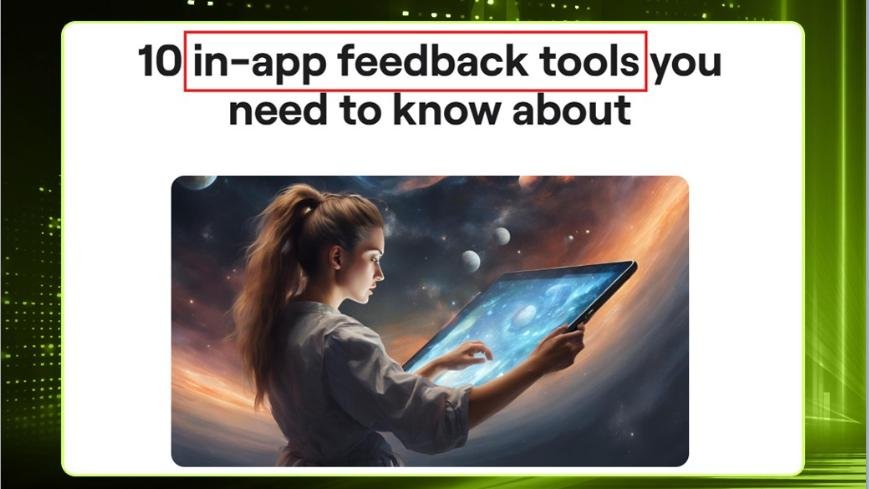
2. Heading Optimization
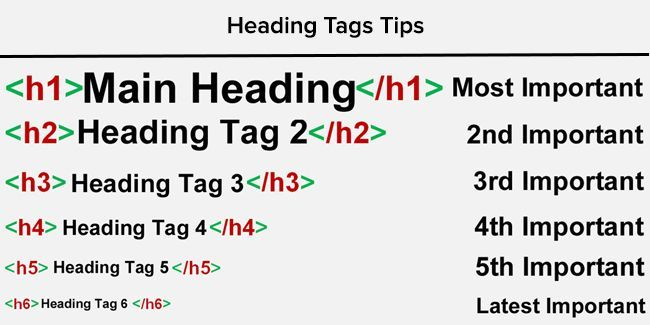
Headings, especially the H1 tag, help structure your content and signal to search engines what the page is about. They also make your content more readable for users.
H1 Heading:
- Why it matters: Your H1 is the most important heading on your page, and it should clearly describe your content’s focus.
- Tips:
- Only use one H1 tag per page.
- Ensure it describes your page well and grabs the reader’s attention.
- Example: For an article on SEO tips, your H1 could be: 10 Proven SEO Tips for Boosting Your Website’s Rankings.
H2-H6 Headings:
- Why it matters: These headings help break up your content and improve readability. They also allow you to target long-tail keywords and provide answers to subtopics.
- Tips:
- Use H2 for major sections and H3 for sub-sections.
- Include relevant long-tail keywords.
- Answer questions or provide solutions directly in your headings.
You Have Keywords in Your Headings
Mention the primary and secondary keywords in H2 and H3 tags.
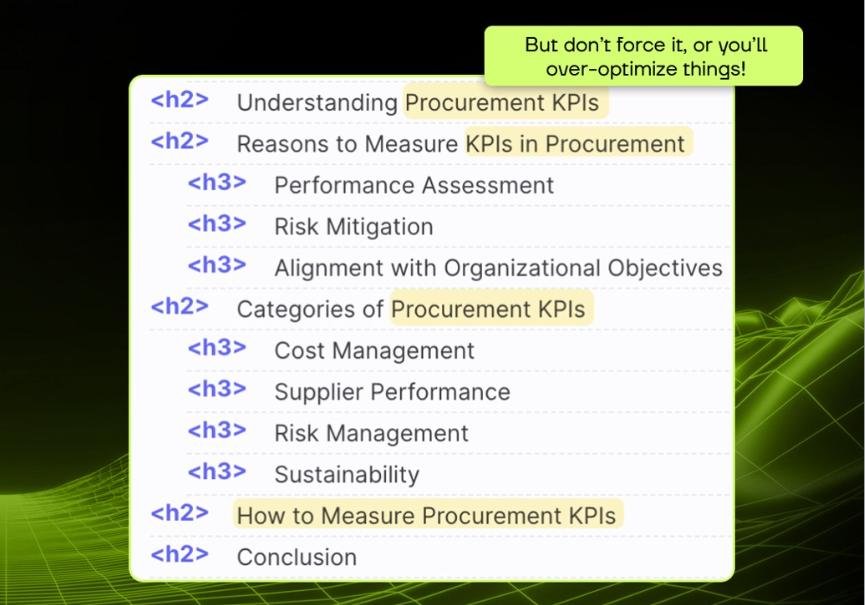
3. Meta Description Optimization

Your meta description gives users a brief summary of your page content in search results. An engaging meta description can increase your page’s CTR.
- Why it matters: It’s your first chance to engage the user and encourage them to click on your page.
- Tips:
- Make it unique, engaging, and concise (around 150-160 characters).
- Include your primary keyword.
- Example: Discover the top 10 SEO tips to improve your website rankings in 2025. Learn effective strategies for beginners and pros alike.
You Have Your Keyword in the Meta Description
Put it at the beginning if it makes sense. It doesn’t affect your rankings, but it does affect your CTR.
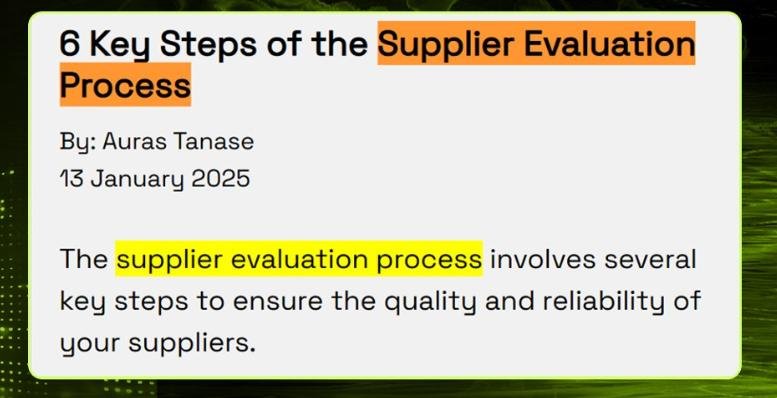
4. URL Optimization
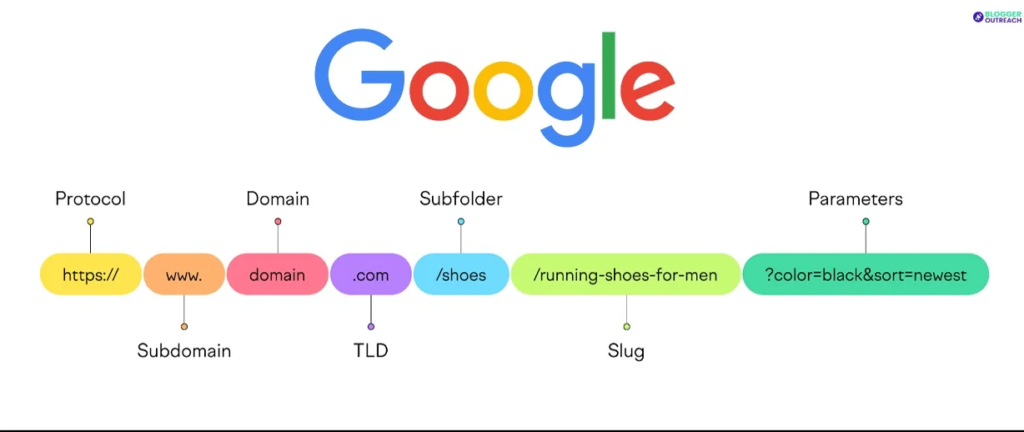
URL optimization means improving a website’s URL structure to make it simpler for users and search engines to navigate. And your URL structure plays a significant role in both user experience and search engine crawlers.
- Why it matters: Clean, descriptive URLs are easier for both users and search engines to understand better.
- Tips:
- Keep URLs short and simple.
- Avoid using special characters or unnecessary words.
- Include your primary keyword.
- Example: www.yoursite.com/best-seo-tips-for-beginners.
You Have the Primary Keyword in the URL
Your primary keyword should be the focal point of your URL slug.

Your URL Is up to 60 Characters Long
You omitted unnecessary words like numbers, adjectives, and stop words.
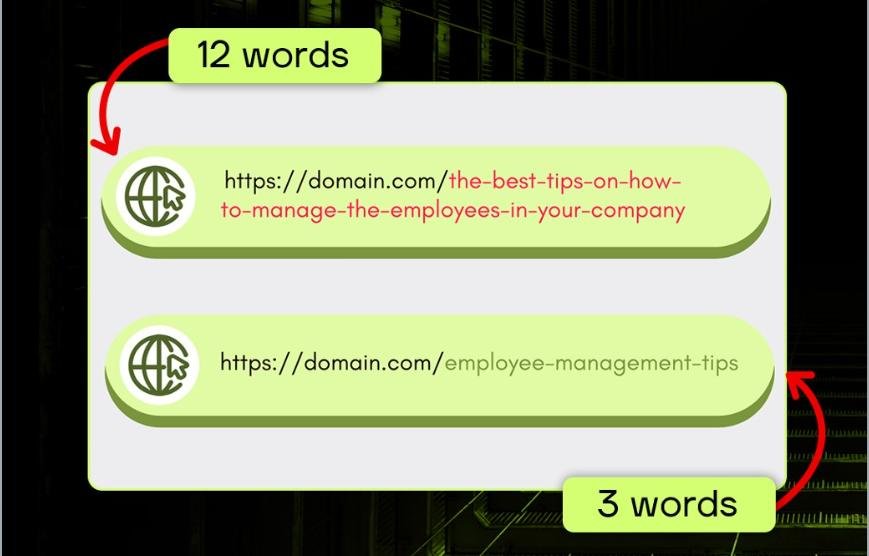
Your URL Is Evergreen
Don’t mention things that might change.
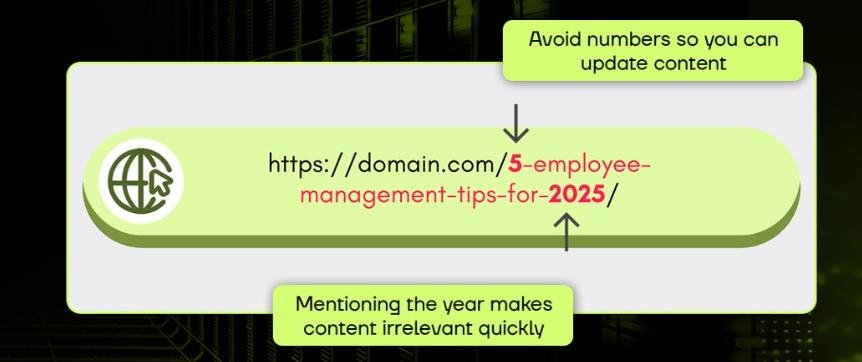
5. Image Optimization
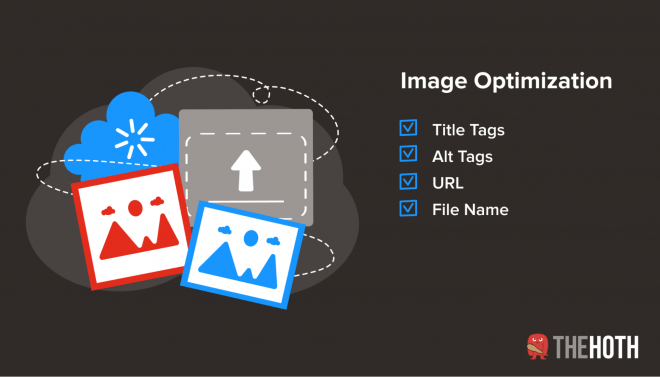
Image optimization is very important for enhancing website performance by reducing image sizes, which makes your webpage load faster and improves user experience, which helps optimize bounce rate. Key methods include image compression, using image ALT text with image file names, using vector images, and implementing image caching.
- Why it matters: Search engines can index images, and you don’t miss image search traffic, and image optimization is a very close ranking factor.
- Tips:
- Use descriptive file names (e.g., seo-tips-image.jpg).
- Add alt text that includes relevant keywords.
- Optimize file sizes to improve page load time.
6. Internal Linking
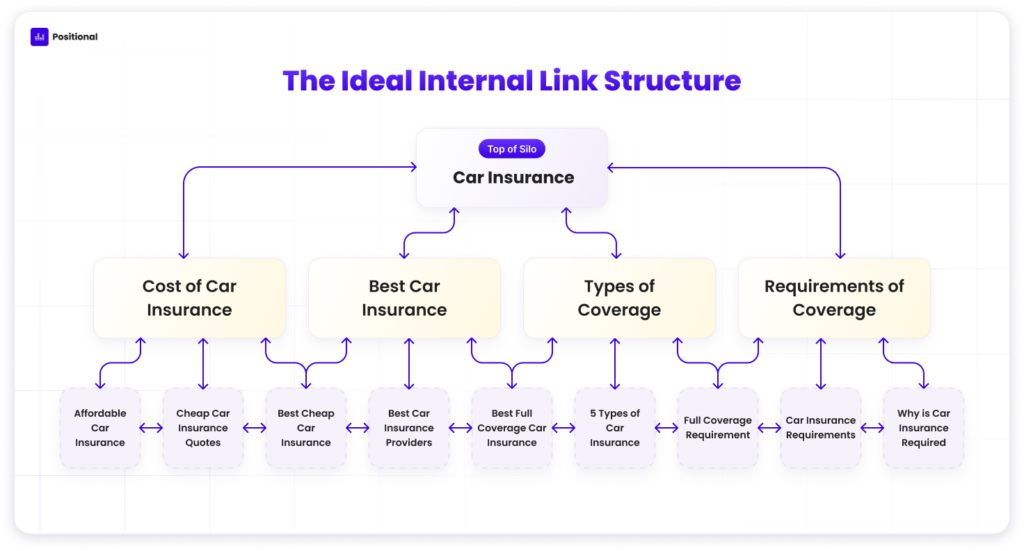
Internal links connect your content and help search engines crawl and index your website more effectively. And If you do not have an idea how to find relevant internal pages where you do hyperlinks, use a search simulator site:https://mitolyn.fitdady.com “your keyword” on the search engine.
- Why it matters: Internal links can boost the SEO of your site by distributing page authority and helping users navigate your website.
- Tips:
- Link to relevant pages within your content.
- Use descriptive anchor text.
- Avoid over-linking; use links where they naturally fit in the context.
7. Content Optimization
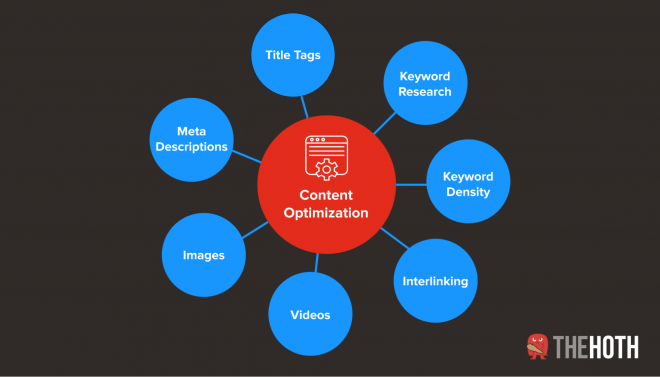
Quality content is an important key to successful SEO. Content that answers users’ questions, solves problems, and provides value is key.
- Why it matters: Engaging, valuable content drives organic traffic and keeps visitors on your page longer.
- Tips:
- Write as you talk—keep the tone conversational and easy to understand.
- Target your audience’s pain points and offer practical solutions.
- Use subheadings and bullet points for easy reading.
- Avoid keyword stuffing; ensure the content flows naturally, and use long tail keywords to make your content searchable for voice and AI search.
- Add relevant CTAs (Call-to-Actions) at the end of your post.
You Mentioned Your Keyword in the Intro
It usually happens naturally as you write. If not, try to embed it subtly.
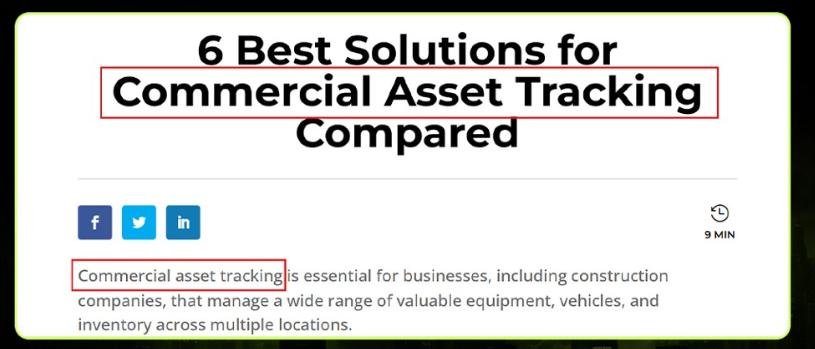
You Have a Good Hook
Say something in your intro to make readers want to learn more. For example, pique their interest by asking a relatable question.
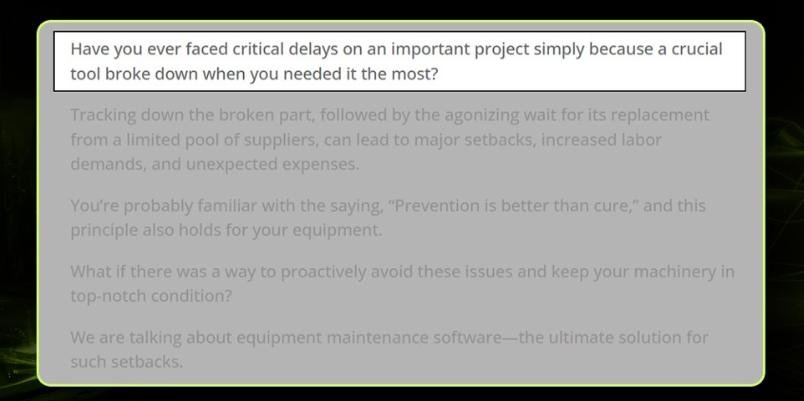
8. Make Sure Your Page is Indexed

If search engines can’t find your content, they can’t rank it.
- Why it matters: Ensures that your pages are being crawled and indexed by search engines.
- Tips:
- Check Google Search Console to make sure your pages are being indexed.
- Use a robots.txt file to manage which pages search engines can index.
- Use XML sitemap to find search engine crawlers to index and crawl easily.
9. Increase Page Speed
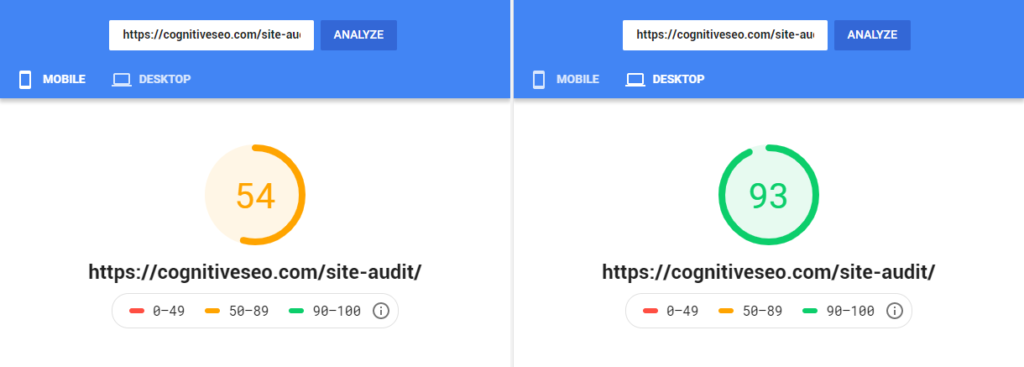
Page load time is an essential ranking factor.
- Why it matters: Fast-loading pages provide a better user experience and are favored by search engines.
- Tips:
- Optimize images and reduce file sizes.
- Minimize CSS, JavaScript, and HTML.
- Use a Content Delivery Network (CDN) to improve speed globally.
10. Make Sure Your Page is Mobile-Friendly
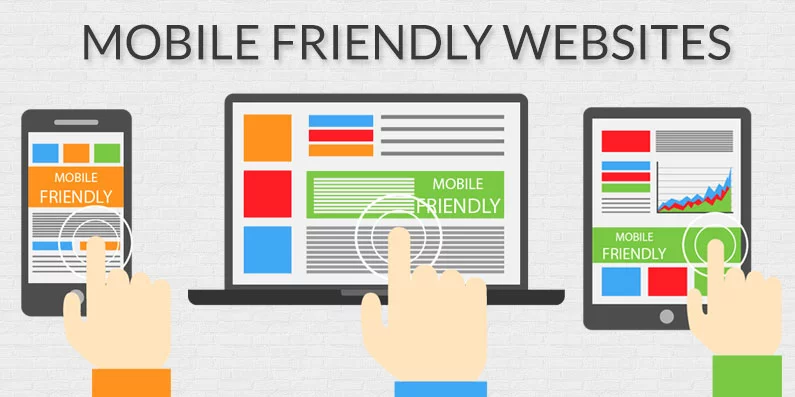
A mobile-friendly page is designed to display and function optimally on mobile devices. It adapts to different screen sizes, and ensures fast loading, easy navigation, readable text, and touch-friendly elements for a seamless user experience.
- Why it matters: More users access websites via mobile, so a mobile-friendly design is essential for better SEO.
- Tips:
- Use responsive design to ensure your website adapts to all screen sizes.
- Check for mobile-friendliness using tools like Google’s Mobile-Friendly Test.
Conclusion: Start Optimizing Today
By following these on-page SEO strategies, you can improve your web pages for ranking higher in search engine results. Start applying these tips to your content today, and watch your organic traffic grow!
If you need help with advanced SEO strategies or are looking for a detailed SEO audit, contact us today to get started!

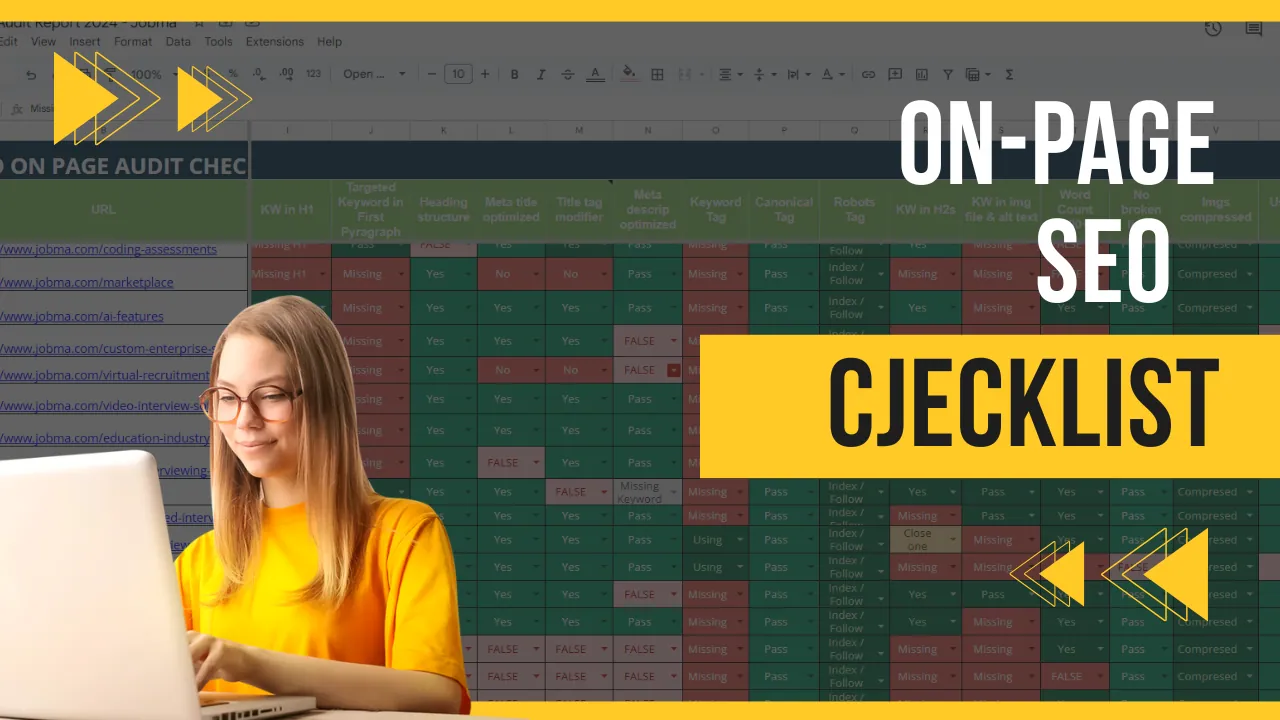
Thank you for your sharing. I am worried that I lack creative ideas. It is your article that makes me full of hope. Thank you. But, I have a question, can you help me?